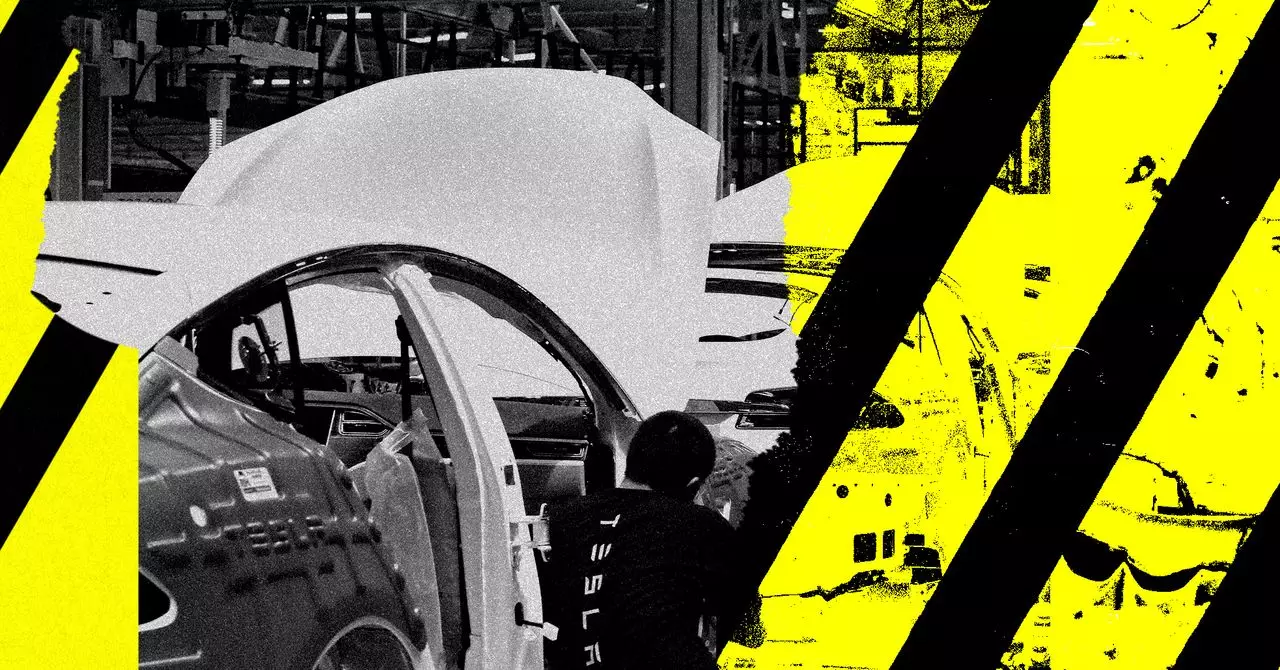In recent times, Tesla, SpaceX, and The Boring Company have come under scrutiny due to alarming reports from the AFL-CIO concerning workplace safety. This is not merely a headline; it’s a serious red flag waving in a field that prides itself on innovation and forward-thinking. With two dozen accidents and safety issues linked to these companies since 2016, there’s a pressing need to reconsider how we balance cutting-edge technology with employee well-being. As we delve deeper into this, it becomes increasingly evident that the current apathy toward safety protocols within such influential corporations needs urgent attention.
The Grave Reality of Workplace Incidents
The statistics are alarming. Notably, one incident involving a licensed electrician whose life was tragically cut short sheds light on the broader issue. Victor Joe Gomez Sr. was electrocuted at Tesla’s Gigafactory in Austin—a stark reminder of the consequences that arise when corners are cut. OSHA’s findings suggested that electrical panels were improperly left energized. This case is still unresolved, as Tesla disputes responsibility, highlighting a trend that captures the organization’s reluctance to accept accountability.
What further compounds the situation is the nature of the injuries reported. Amputations and severe head trauma are not just numbers—they represent real lives and futures altered through avoidable circumstances. SpaceX’s acknowledgment of a skull fracture incident, leading to long-term hospitalization, reflects the possible negligence of standard safety protocols. Such incidents illuminate a culture within these companies where safety seems to take a backseat to achieving production targets.
The Role of Regulatory Bodies and Corporate Transparency
The Occupational Safety and Health Administration (OSHA) plays a crucial role in holding companies accountable. However, a wary relationship has developed; companies like Tesla frequently challenge OSHA’s citations. Out of 46 cases in the past five years, a considerable 27 remain active, with ongoing disputes further preventing necessary changes. This alarming statistic suggests a business strategy focused more on legal battles than on human lives. David Michaels, a former OSHA assistant secretary, aptly notes that companies may choose to prolong such disputes specifically to delay rectifying hazardous working conditions.
It remains troubling that, rather than proactively addressing safety concerns, companies often prefer to contest citations—essentially choosing to spend more on legal fees than on improving their workspace. This illustrates an unsettling dimension of corporate ethics: prioritizing profit margins over employee safety.
Alarm Bells from Labor Advocacy Groups
Representatives from labor advocacy groups, like Liz Shuler, are sounding the alarm about the apparent neglect of safety measures at these companies. With a lack of representation from labor organizations like the United Automobile, Aerospace & Agricultural Implement Workers of America (UAW), the silence from workers regarding safety concerns raises further red flags. A fractured communication pathway leaves employees vulnerable and exposed to potentially dangerous environments without adequate support or procedures to report their grievances.
The data illustrating Tesla’s safety track record tells a compelling story. The incident history and OSHA’s probing into Tesla’s practices show that there is a significant disconnect between the company’s public image as a vanguard of innovation and its internal practices concerning employee safety. When high-profile companies fail to prioritize the safety of their workforce, the ramifications echo beyond the workplace—they influence public perception, employee morale, and the industry at large.
Redefining Corporate Responsibility in the Era of Innovation
As society continues to rely heavily on technological innovation, it becomes imperative that the companies spearheading this progress are held accountable. The culture of innovation should not come at the cost of safety. Moving forward, a robust framework emphasizing workplace safety must be integrated into the operational models of these tech companies. Real change will only occur when organizations prioritize the health and safety of their employees, acknowledging that they are the heartbeat of their success.
While the future remains bright for companies like Tesla, SpaceX, and The Boring Company, it is urgent that they do not lose sight of the human aspect that underpins their progress. Worker safety is not just a regulatory requirement—it’s a moral imperative that must resonate through the core of any pioneering organization. The time for accountability and genuine care for workplace environments is now.

